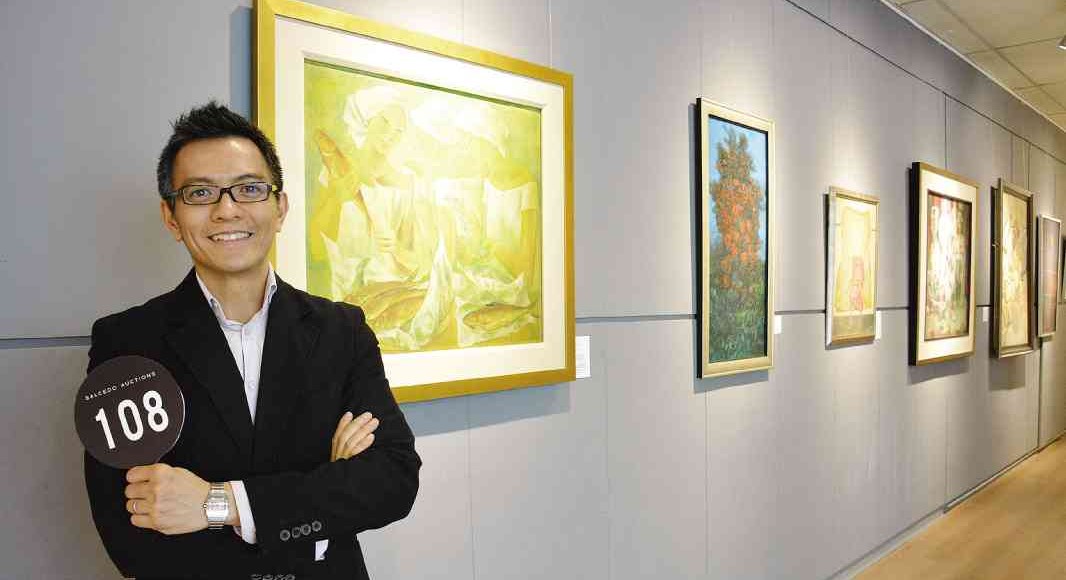
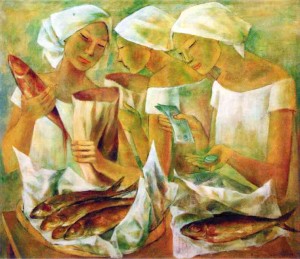
Art has always been a commodity. Andy Warhol in the 1960s and Damien Hirst in the ’80s had already underscored that. At no time is this commodification of art more emphasized than during auctions.
A country’s prosperity is reflected in its art boom, in both production and auction. It can only mean that art sells and people buy.
With the economic recovery of Japan in the postwar years and the petrodollars of the Middle East in the ’70s, there followed rampant art patronage and rabid auction bidding by Japanese and Arabs in succeeding decades.
Now that our country is experiencing “the most dynamic and rapidly improving economy” in the world, that certainly bodes well for both Filipino artists and prospectors. Expect, therefore, for art auctions to become commonplace.
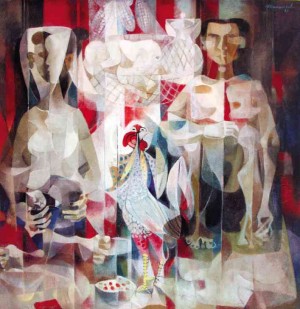
On Sept. 14, starting at 2 p.m., Salcedo Auctions is holding one, what is billed as Important Philippine Art, on the ground floor of Three Salcedo Place, 121 Tordesillas St., Salcedo Village, Makati City.
Pieces to be auctioned off include paintings, sculptures, drawings and prints by old masters and contemporary artists. Among the highly valued items: “Fish Vendors,” by Anita Magsaysay-Ho; “Market Scene,” by Vicente Manansala; “La Mediterranea Desde Barcelona,” by Federico Aguilar Alcuaz; “Life Class Setting,” by BenCab; “Women Bathing by the Stream,” by Fernando Amorsolo; “Woman Reading a Book,” by Fabian de la Rosa; “Head of a Moroccan Legionnaire,” by Juan Luna; “Carnival Walls,” by Arturo Luz; untitled pieces by José Joya.
Thriving industry
Salcedo Auctions is the only auction house in the country specializing in the sale of “fine art, jewelry, decorative arts and collectible accessories by leading local and international artists and artisans.”
It was established three years ago by Richie and Karen Kua Lerma in a 135-sq m floor area, when the couple returned after living for some time in Sydney, and having observed how public auctions worked there.
This year the space has expanded to 310 sq m, a cavernous hall with white walls lined with masterworks, accommodating 300 people, a third of whom are active bidders.
It mounts eight auctions a year: Mixed Category in February, June and November; Important Philippine Art in March and September; Books and Maps in June.
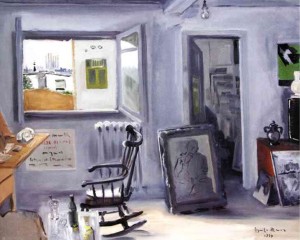
There had been auctions in the country but it is only recently that it has been thriving. Now there are about five art galleries also doing auction.
“That’s a wonderful sign—I welcome other auction houses,” says Lerma. “But it becomes a problem if you have a financial interest in the pieces you’re auctioning off, because you can jack up the prices. That’s very dangerous. It is a bastardization of the auction process. If you’re a gallery-owner, you want to dispel the notion that you’re selling your inventory.”
International standards
Lerma, adviser of Salcedo Auctions and director and chief curator of Ateneo Art Gallery, calls for the application of international practice in local auctions: transparency, professionalization, standardization.
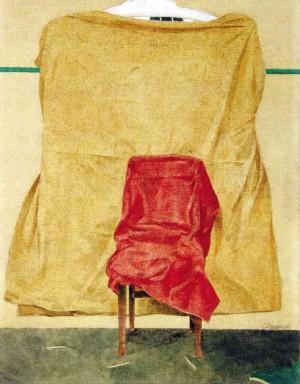
He says he is open to starting an association of auctioneers to regulate ethical standards, “so people [the buyers] wouldn’t make costly mistakes.”
According to international standard, auction estimate must be included in the catalogue. This is the price range an item is expected to sell.
What happens is, there is baiting, when auctioneers publish a fake price for a piece, often very low, to lure buyers. There is also shill bidding, when auctioneers plant bidders or secretly bid for the piece themselves to rig its price.
Lerma cites four fundamentals for a proper auction, for the regulation of the proliferation of fly-by-night operations.
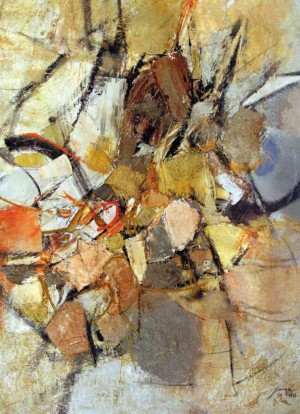
“First,” he says, “is there a consignment contract between the owner of the piece and the organizer of the auction? The contract should state what the reserve price is, which can never be higher than the published price. In a real auction, when bidding stops, you’re required to sell at the list estimate.”
That means, when the hammer falls, the auctioneer is forced to sell the piece if it reaches the reserve price, the minimum agreed upon by the auctioneer and the item’s owner, which should not be higher than the auction estimate.
Fraudulent behavior
Second, Lerma insists the provenance of a piece proffered to the public should be transparent. Documentation of the history of its ownership should be included in the auction catalogue.
“That’s very important,” he says. “Where did the owner get the piece he’s selling? If its authenticity solely lies on a certificate, better stay away from it, because a certificate is not a guarantee.”
Third: “If you’re doing auction, no more gallery. Otherwise there will always be the question that you may be selling your own inventory. If you jack up the price of something you own, that’s fraudulent behavior. So who’s going to trust the auction process, which is supposed to be fair and transparent?”
Finally, an auction house should have experts and specialists on staff, as the buying public deserves to be assured of the authenticity of the pieces on the block.

“It is your business to ensure that what you’re selling is authentic,” Lerma emphatically says. “Even if it’s only an opinion, it should be backed up by specialist’s knowledge and not just a certificate, because a certificate can be faked. At the end of the day, it’s all about reputation and trust.”
Permanence of art
The phenomenon of art auction is such that the permanence of art (the real worth of an artwork regardless of its market value) is being superseded by the temporal (what is trendy, popular or saleable). People have started wondering whether a best-selling piece, for instance, is really great art or just great investment.
Artists like Romeo Lee, José Legaspi, Alwin Reamillo, Henri Cainglet, Manuel Ocampo and Jehu Bitancor are nowhere near as saleable as their mainstream contemporaries, but one can see that theirs is an art that has more authenticity and courage than many or most.
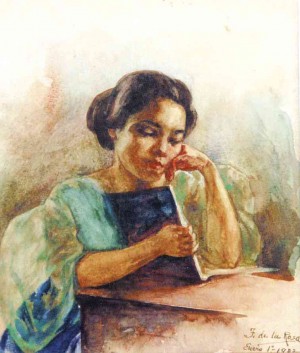
Being a bestseller shouldn’t be equated with an artwork’s intrinsic value; otherwise, Dan Brown is a great writer.
We remember in the early ’90s when a Japanese collector set the record at public auction with the multimillion-dollar purchase of a Van Gogh. A few were incredulous, snickering, because why would anyone pay nearly $100-million for such a roughshod portrait?
Well, that painting is still the highest price paid for art at an auction, inflation considered—so it’s your loss, guys.









































